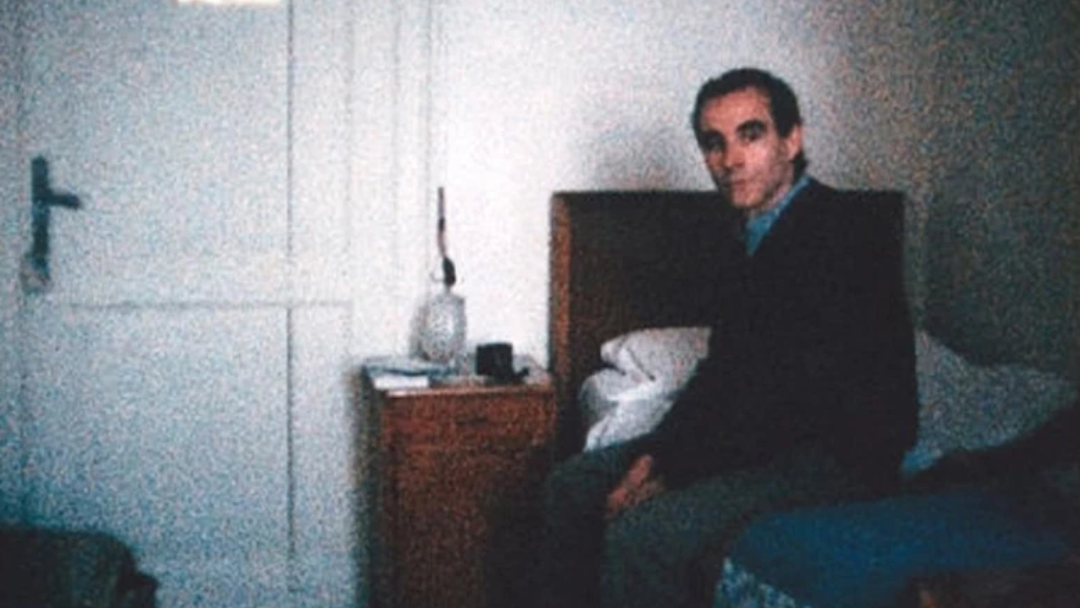Disappearing in the Image: Jean-Claude Rousseau's Super 8 Films
Doc Films presents Jean-Claude Rousseau’s Super 8 films on 16mm (with the exception of a 2k DCP of his first film, Jeune femme à sa fenêtre lisant une letter). Many, if not all, of these films are showing for the first time in Chicago. Although influenced by avant-garde filmmakers Jean-Marie Straub and structuralist filmmakers like Michael Snow (having discovered experimental film and Ozu while living in New York in the 1970s), and frequently citing Bresson, Akerman, and Leo McCarey, Rousseau’s films stand apart, partly due to their relative underexposure. In comparison to other experimental filmmakers, Rousseau's celluloid output is minimal; his Super 8 films come from an early period before he turned to video. Rousseau conceives of each Super 8 cartridge as “a brick” in the construction of a film, and entire reels (including the black leader) appear in his films. Rousseau’s descriptions of the film image is also insightful: montage is not a favored word of his, as each image should not be turned into a sign which can be linked (or locked) together into a chain of meaning. Instead of controlling his images, Rousseau “finds” them, or rather, they find him. And la vision, the act of seeing, is a special act by which the image seizes its viewer. For Rousseau, this sort of vision transcends simply seeing — it is entering into the frame, "disappearing in the image." (Quotations from "Our Only Hope Lies in the Image," Salvador Amores's interview with the filmmaker). Special thanks to Carlos Saldaña for his assistance in organizing this program.
Keep in Touch / Venise n’existe pas / Jeune femme à sa fenêtre lisant une lettre (1987 / 1983)

Jean-Claude Rousseau · 25m / 11m / 46m · 16mm / 16mm / DCP
The industrial environment of Keep in Touch centers around a recording from Rousseau’s answering machine, in which strangers and friends try to get in contact with him. Jeune femme will recall Michael Snow’s Wavelength for some, but as the connection to Vermeer’s Girl Reading a Letter at an Open Window suggests, the film is less structural and more lyrical. In Venise n’existe pas, the camera is fixed on a sliver of Venice through a hotel room window.
Saturday, May 3 4pm
La Vallée Close (1995)

Jean-Claude Rousseau · 144m · 16mm
Shot in the Vaucluse region of Southern France, the film originates from the natural fountain at the end of the river Sorgue, which has long mystifed locals and tourists, including Jean-Claude Rousseau. The filmmaker visited in 1984 and returned over the next decade with his Super 8 camera, composing out of the region a film that he describes as both an emergence and nexus of various elements, structured into twelve chapters like Petrarch’s double sestina.
Saturday, May 17 3pm
Les Antiquités de Rome (1989 / 1984)
.png)
Jean-Claude Rousseau · 105m / 11m · 16mm
The Antiquities of Rome shows little of Rome’s antiquities. Following Ozu, Bresson, and Straub-Huillet and guided by the idea to "show as little as possible," Rousseau’s cinema is one of ellipses and absence in which we see darkened interiors, the shadows of architectural structures, and streets that equally obscure and are obscured by the monuments and remnants of antiquity.






